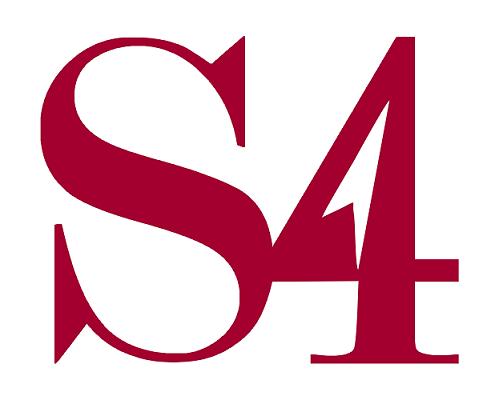Contribute
| Himalayan Languages And Literature |
C. Gopinath
06/23/2009
Professor Leonard van der Kuijp, Chair of the Department of Sanskrit and Indian Studies, Harvard University, made a presentation on ‘Himalayan Languages and Literature’ at the Science Center, Harvard University on 25 April 2009. This talk was the final lecture in the six-part series ‘Languages and Literature of India’ organized by the outreach committee of the department.
Prof. van der Kuijp focused on two texts as the basis for his presentation on the origins and evolution of the Tibetan language. These were: a) Shubhutichandra’s Kamadhenu circa 1100, a commentary on the Amarakosha, and (b) Gnanamitra’s Abhidharmasamucchayatika (8c), a commentary on phenomenology of the world. The oldest documents that have been found in Tibetan are of about 770CE.
Tibetan and Sanskrit belong to two very different families of languages and Tibetan may be considered closer to Chinese than Sanskrit.
Buddhism came to Tibet in the 8c and this sparked the tremendous interest in Buddhist texts in Chinese or Sanskrit. As the texts were getting translated into Tibetan, these were undertaken in a haphazard manner and on the initiative of the imperial court, a dictionary Mahavyutavati was devised to standardize the language around 800c. This was also used for editorial purposes, namely, even older translations were revised to fit the new standard. Also, about this time, two sets of vocabulary developed, to translate the Chinese and Sanskrit texts.
Prof. van der Kuijp noted that a whole new language had to be created to accommodate the new words that were coming into the region from outside in the new texts being translated. Thus, classical Tibetan was a kind of a constructed language.
In contrast to much of the literature in the sub-continent, the literature of Tibet developed a large number of biographies and autobiographies. These were mostly of saints and other religious personalities. The style of these books were also more in the nature of annals.
In response to questions, Prof. van der Kuijp clarified that the Tibetan language were of two broad kinds: one was the classical language in which most of the literature existed. The other was the spoken language which existed in the form of several dialects. Quite often, speakers of two different Tibetan dialects find it hard to understand each other.
You may also access this article through our web-site http://www.lokvani.com/

